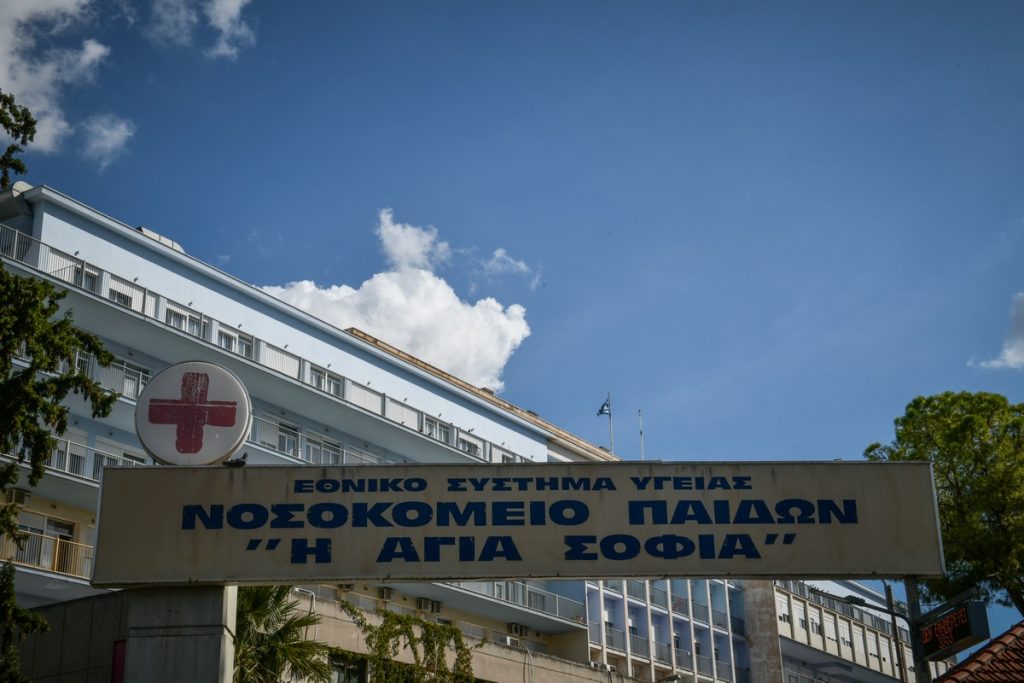New data from the Hellenic Statistical Authority (ELSTAT) gives us a snapshot of Greece’s primary healthcare units and hospitals in 2023.
The numbers show a slight bump in health centers, but the healthcare system is still feeling the strain from staff shortages and limited capacity.
In 2023, Greece had 312 health centers, a small rise from 311 the year before. This reflects the ongoing effort to expand the National Primary Health Care Network (PEDY) and put more focus on local units, a key part of the healthcare reforms started back in 2017. These reforms broadened the definition of health center, now including local health units, regional medical offices, and local medical offices, in addition to the traditional health centers.
Here’s the breakdown of primary healthcare units by type:
- Health Centers: 312 (up by 1 from 2022)
- Regional Medical Offices: 1,433
- Local Medical Offices: 227
- Local Health Units: 137
There’s also been a small increase in centers for adult and child/adolescent mental health, going from 61 in 2022 to 64 in 2023.
Who’s Working in Primary Health Care?
As of 2023, here’s the staff count in Greece’s health centers and medical offices:
- Medical Staff: 5,868
- Nursing Staff: 5,490
- Non-Medical Staff: 4,684
That’s a total of 16,042 people working across these different health units.
Health Centers and Medical Staff by Region
The number of medical staff in health centers across Greece dropped by 3.6% in 2023 compared to 2022. Some regions, like Central Macedonia and Northern Aigaio, saw even bigger decreases. On the flip side, West Macedonia and South Aegean managed to add a few medical staff.
- Medical Staff: A 3.6% drop overall, with Central Macedonia (-7.7%) and Northern Aigaio (-5.9%) seeing the biggest losses.
- Nursing Staff: Down by 1.1% nationwide, though some regions saw slight increases.
- Non-Medical Staff: Decreased by 2.3%, but some regions, including Central Macedonia and Eastern Macedonia, saw increases.
On a brighter note, the amount of medical equipment in health centers increased by 2.3% in 2023.

ELSTAT
What About Hospitals?
ELSTAT’s data also covers hospitals. The number of hospitals in Greece went up slightly, from 265 in 2022 to 266 in 2023 (a 0.4% increase). More than half (51.9%) of these are private hospitals.
Here’s the hospital breakdown by legal status:
- Private: 51.9% of all hospitals
- Public: 48.1% of all hospitals
In 2023, most hospitals (65.8%) were general hospitals, while 30.1% were specialized, and 4.1% offered a mix of specialties.
Hospital Specialties:
- Neuropsychiatric: 15.8%
- Obstetric-Gynaecological & Pathological: 4.5% each
- Paediatrics, Cancer, Ophthalmological: Less than 1% each
Where are the Hospitals Located?
Most hospitals in the country are in Attiki (33.5%), followed by Central Macedonia (15.4%) and Thessaly (12.0%). The fewest hospitals are in Ionia Nisia, Ipeiros, and Northern Aigaio, which together only account for 7.5% of the total.
Hospitals by Region (2023):
- Attiki: 33.5%
- Central Makedonia: 15.4%
- Thessaly: 12.0%
- Ionia Nisia, Ipeiros, Northern Aigaio: 7.5%
Challenges Still Remain
While the numbers show some positive signs, like the increase in health centers and hospitals, the healthcare sector still faces big hurdles. The Panhellenic Federation of Public Hospital Employees (POEDIN) warns about severe staff shortages in the public health system. They say the system is “at the limits of its capacity” because of these shortages.
The Federation points to the strain on emergency rooms, where they say about 1,000 people visit on duty days, leading to wait times of over 8 hours and “chaos” in pathology and pulmonology departments. POEDIN says that since the end of the pandemic, the National Health Service has lost 4,000 staff members. They blame work exhaustion, constant travel, and low wages for a wave of resignations.








